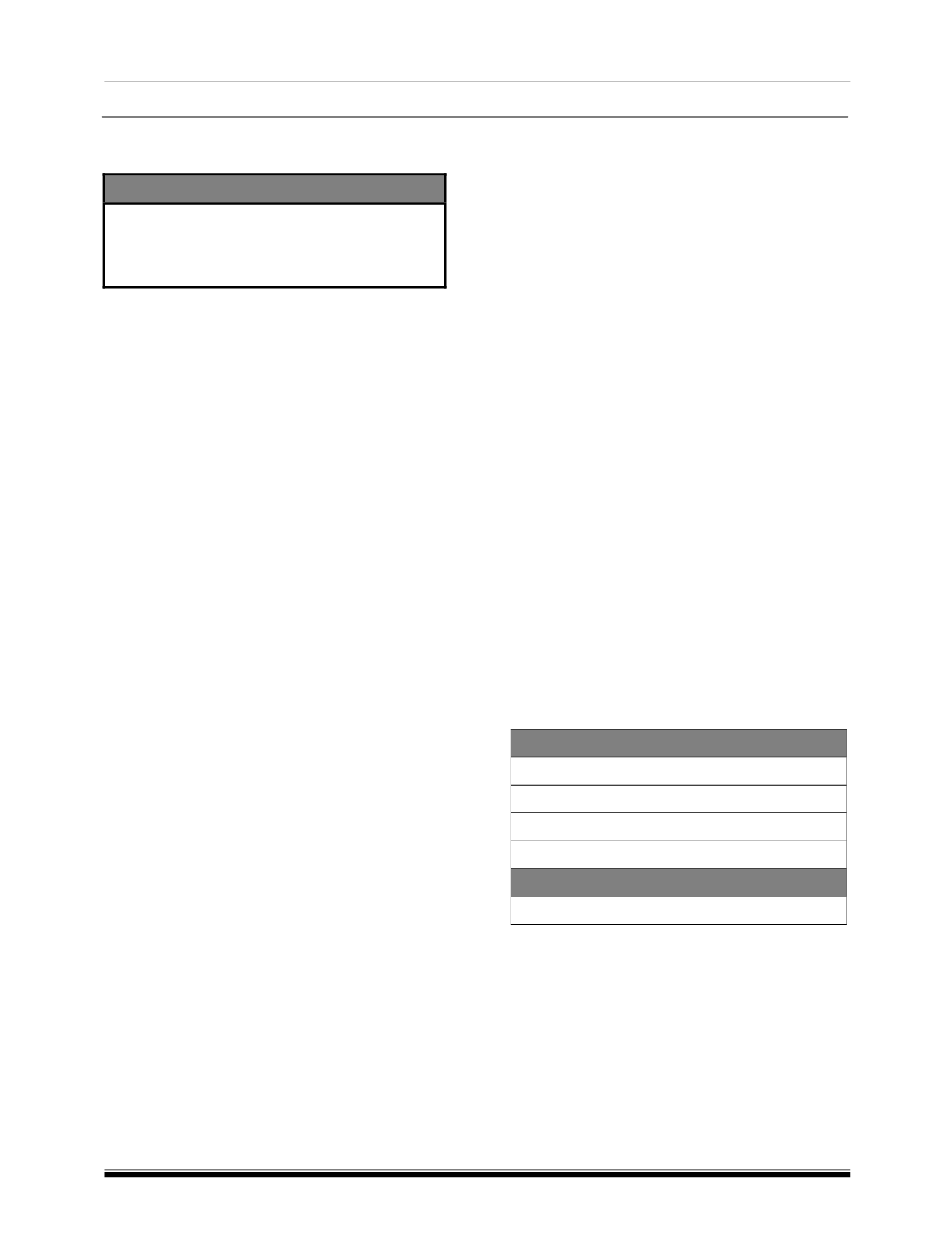

1.2L REVOTRON ENGINE
49
II. Engine Oil Consumption Test :
Description :
NOTE
Using a weight, grade, or brand of engine
oil other than recommended by TATA
Motors
may
increase
engine
oil
consumption and/or promote engine wear.
Before performing a complete overhaul or
major repair of an engine due to oil loss, first
determine whether the overhaul is
necessary. Locate the cause of the oil loss
by searching for external leaks and internal
combustion problems. Check engine oil
consumption to make certain the amount of
oil lost is greater than normal engine oil
consumption.
Determine engine oil consumption by
measuring the weight or volume of oil,
driving a predetermined distance, and then
measuring the oil again. Determining oil loss
by means of visually checking oil level on the
dipstick is inaccurate.
Test Procedure :
1. Park the vehicle on a flat, level surface and
engage the parking brake.
2. Inspect the engine thoroughly for signs of
external leaks through the cylinder head
cover gasket, crankshaft main seals, Crank
sensor, oil sump gasket, oil pump, oil sump
drain plug, etc. Repair any external leaks.
3. If an external leak is not found, fill the engine
oil sump to capacity so the oil level reading
on the sump dipstick is at the 'MAX' mark.
4. Warm the engine so oil temperature is
approximately 75
0
- 80
0
C and then stop and
soak for few minutes.
5. Place a clean suitable container to empty the
engine oil. Use a scale to determine the
weight of the empty container. Record the
tare weight.
6. Completely drain the engine oil into the
container.
7. Replace and tighten the oil pump drain plug.
8. Weigh the engine oil, drained into the pan
(W1).
9. Refill the engine crankcase sump with the
weighed oil. Use care not to spill any oil as
this will make the test inaccurate.
10. Do not use the container for any other
purpose.
11. Drive the vehicle for approximately 200 or
300 km. A minimum of 30 - 40 km should be
on a highway or other road where a speed of
60 km/h can be maintained. Record the
distance travelled (D).
12. Return the vehicle to the exact location the
oil was previously drained from the engine.
13. Wait for few minutes to cool down the oil.
14. Drain the oil from the engine into the
container used to originally weigh the oil.
Allow the oil to drain completely and use
care not to spill any oil, as this will adversely
affect the test results.
15. Weigh and record the weight of the oil (W2).
16. Calculate and compare oil consumption.
a. Determine the amount of oil consumed
(W3) by subtracting the weight of oil after
the drive from the original oil weight (W1-
W2).
b. Divide the oil consumed by the specific
gravity of oil to determine the volume of
oil consumed, in milliliters (W310.88=C
ml)
c. Divide the volume of oil consumed by the
distance traveled to determine the volume
of oil consumed per kilometer (C ml by
D).
d. Multiply by 1000 to determine the amount
of oil consumed every 1000 km.
e. Compare the actual oil consumed with
the standard oil consumption.
Calculation
W1 - W2 = W3
Divide W3 by 0.88 gm/cm
3
= C
a
ml
Divide C
a
ml by D
Multiply by 1000
Solution
Milliliters consumed per 1000 km










